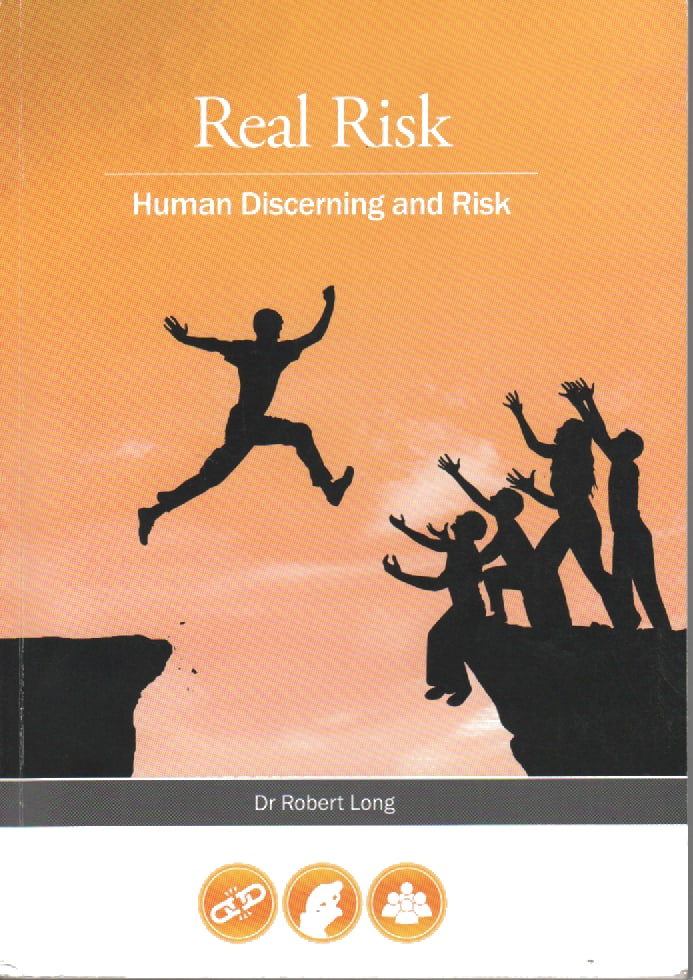 It is very common to hear people say that the core motivation for introducing or improving workplace safety management is to cover one’s arse (to protect oneself from various legislative and reputational exposures), be that the collective arse of management, the board and executives or the arse of the individual worker. This is a fundamental misunderstanding of the intention occupational health and safety (OHS) laws and principles yet the fear of reputational damage is a strong motivator of change with which safety professionals should learn to work and, perhaps, exploit, particularly as the traditional methods for corporate embarrassment, the media, are declining.
It is very common to hear people say that the core motivation for introducing or improving workplace safety management is to cover one’s arse (to protect oneself from various legislative and reputational exposures), be that the collective arse of management, the board and executives or the arse of the individual worker. This is a fundamental misunderstanding of the intention occupational health and safety (OHS) laws and principles yet the fear of reputational damage is a strong motivator of change with which safety professionals should learn to work and, perhaps, exploit, particularly as the traditional methods for corporate embarrassment, the media, are declining.
The most pertinent research on reputation risk as a motivator for OHS change seems to come from the UK’s Health and Safety Executive in 2005. In a summary report on research into compliance, HSE looked at the motivations of employers for change. It found that reputational damage was one of many motivators and that each was given around the same weight in deliberations but that
“Respondents cite newspaper reports covering serious incidents and requirement to advise customers of incidents as the best way of increasing risk of reputational damage, followed by a requirement to report health and safety in company reports. ” ( page 10)
This change catalyst relies on two increasingly fragile criteria – the media and annual reports. The media has rarely reported on OHS issues unless the incident
- has caused major disruption
- involves a high profile individual or company
- involves children
- can be given a party political context.

 When people mention safety, they are often really talking about risk. In a similar way, people talk about the absurdity of ‘elf ‘n’ safety when they actually mean public liability or food safety or
When people mention safety, they are often really talking about risk. In a similar way, people talk about the absurdity of ‘elf ‘n’ safety when they actually mean public liability or food safety or